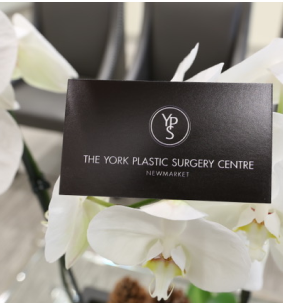Bloodless Surgery
Recently we’ve noticed advertisements for “bloodless breast augmentation surgery”, and patients are asking if we use this technique. Understandably, both patients and their surgeons wish to minimize bleeding and other risks. However, patients should be skeptical of any claim that a surgical procedure can be done with zero blood loss. We have all experienced small scratches or cuts going about our daily lives, and even these minor injuries can bleed for a while. Just like scrapes rarely lead to significant blood loss, the real goal of surgery should be to minimize bleeding, not pretend that there is no blood loss at all.
Dr. Andrade uses several techniques to minimize blood loss:
- Creating breast implant pocket under direct vision using a fiberoptic lighted retractor, so blood vessels can be cauterized before they bleed (prospective hemostasis).
- Taking time to perform meticulous tissue dissection, rather than blindly sweeping through tissues with a blunt dissecting device (as commonly done during transaxillary breast augmentation)
- When performing an operation such as tummy tuck surgery, a large wound space is created. The wound is closed with a suturing technique called “quilting sutures” or “sequential tension closure”. By obliterating the large wound space, a large amount of blood cannot accumulate.
- Tranexamic Acid (TXA) is routinely used during surgery. This medicine has been extensively studied and found to reduce bleeding, so it is routinely used in major operations like cardiac and orthopedic surgery. It can be administered intravenously or used to irrigate wounds before they are closed. More plastic surgeons are also adopting TXA in their practices. Dr. Andrade routinely uses this medication for the majority of patients.
Understanding the risks and benefits of the surgery
In Dr. Andrade’s practice, the hematoma complication rate is low, typically less than 1% for most procedures. However, the risk could be higher depending on a person’s medical history or the invasiveness of the procedure being done. It is important to point out that even if the surgeon carefully cauterizes all vessels in a surgical field, bleeding can uncommonly start even days or weeks after the operation was performed. These rare incidents are not usually predictable or preventable. It is important to have a frank and thorough in-person consultation with an experienced plastic surgeon so you can understand all of the risks and benefits of surgery before deciding if cosmetic surgery is right for you. Book your consultation with our clinic now!








